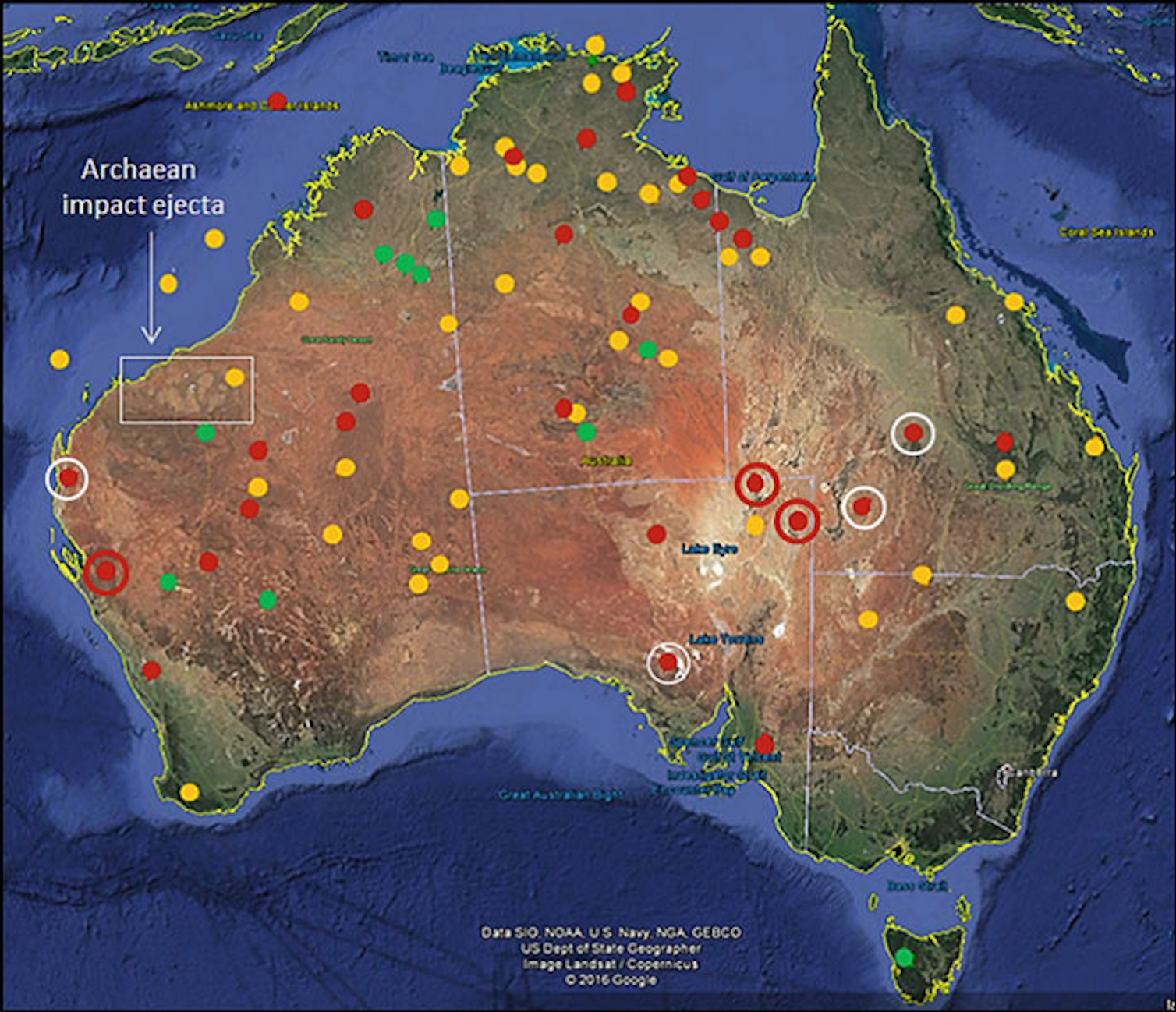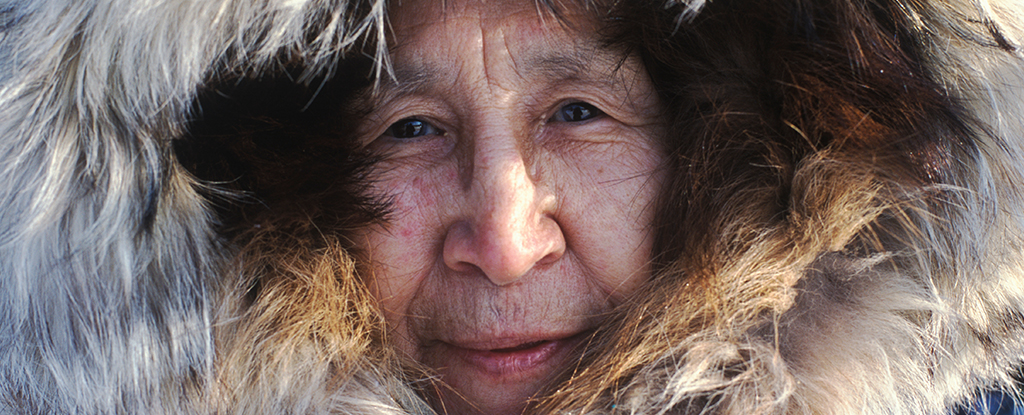Earth news stories

A team of researchers has just uncovered another striking connection between math and nature: between one of the purest forms of mathematics, number theory, and the mechanisms governing the evolution of life on molecular scales, genetics. See the study here.
The study, which was led by researchers at the University of Portsmouth and the University of Montpellier, sheds new light on the evolution of life on our planet and the rise of atmospheric oxygen.
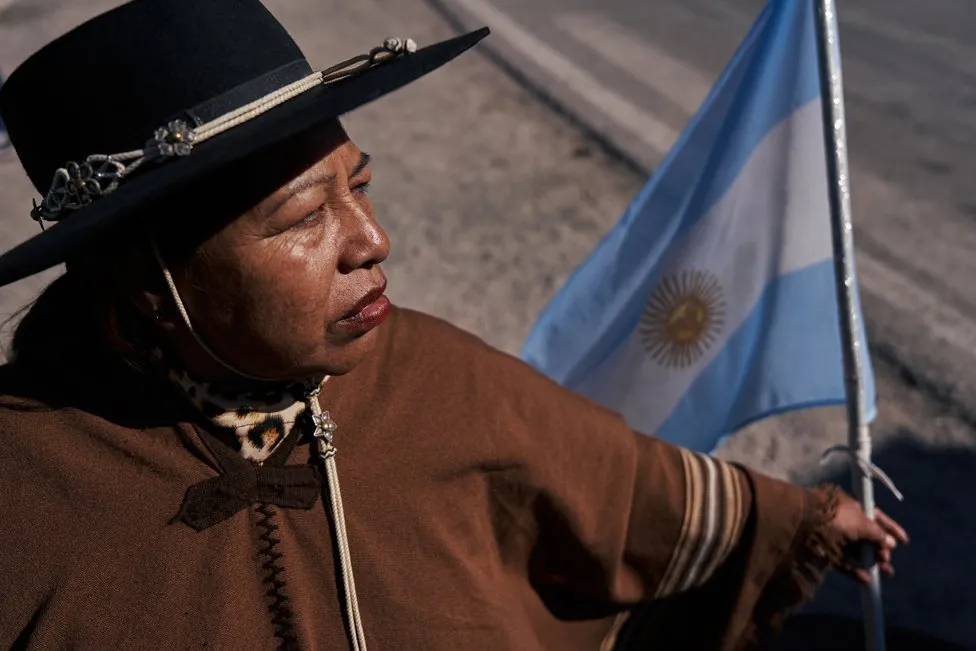
Jujuy is located in what has become known as the “lithium triangle”, a stretch of the Andes straddling the tri-border area between Argentina, Bolivia and Chile, which holds the world’s biggest reserves of lithium.
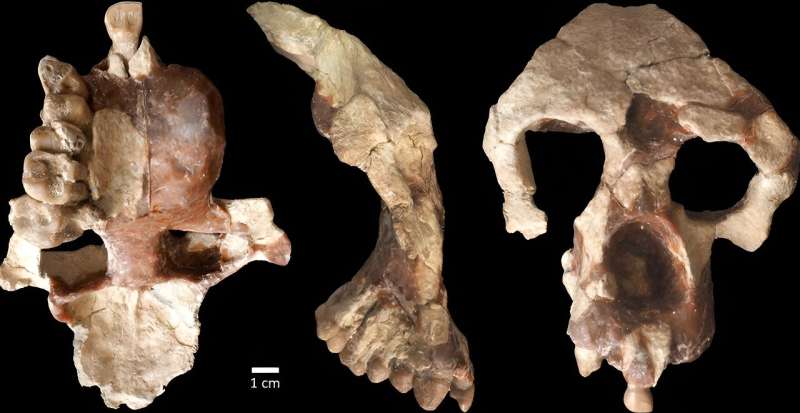
A new fossil ape from an 8.7-million-year-old site in Türkiye is challenging long-accepted ideas of human origins and adding weight to the theory that the ancestors of African apes and humans evolved in Europe before migrating to Africa between nine and seven million years ago. See the study here.
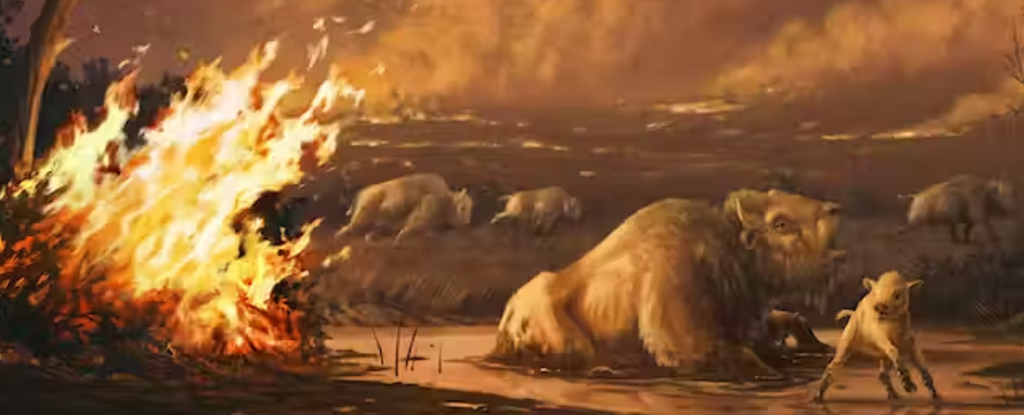
In a new study, published in August 2023, we sought to understand changes that were happening in California during the last major extinction event at the end of the Pleistocene, a time period known as the Ice Age.
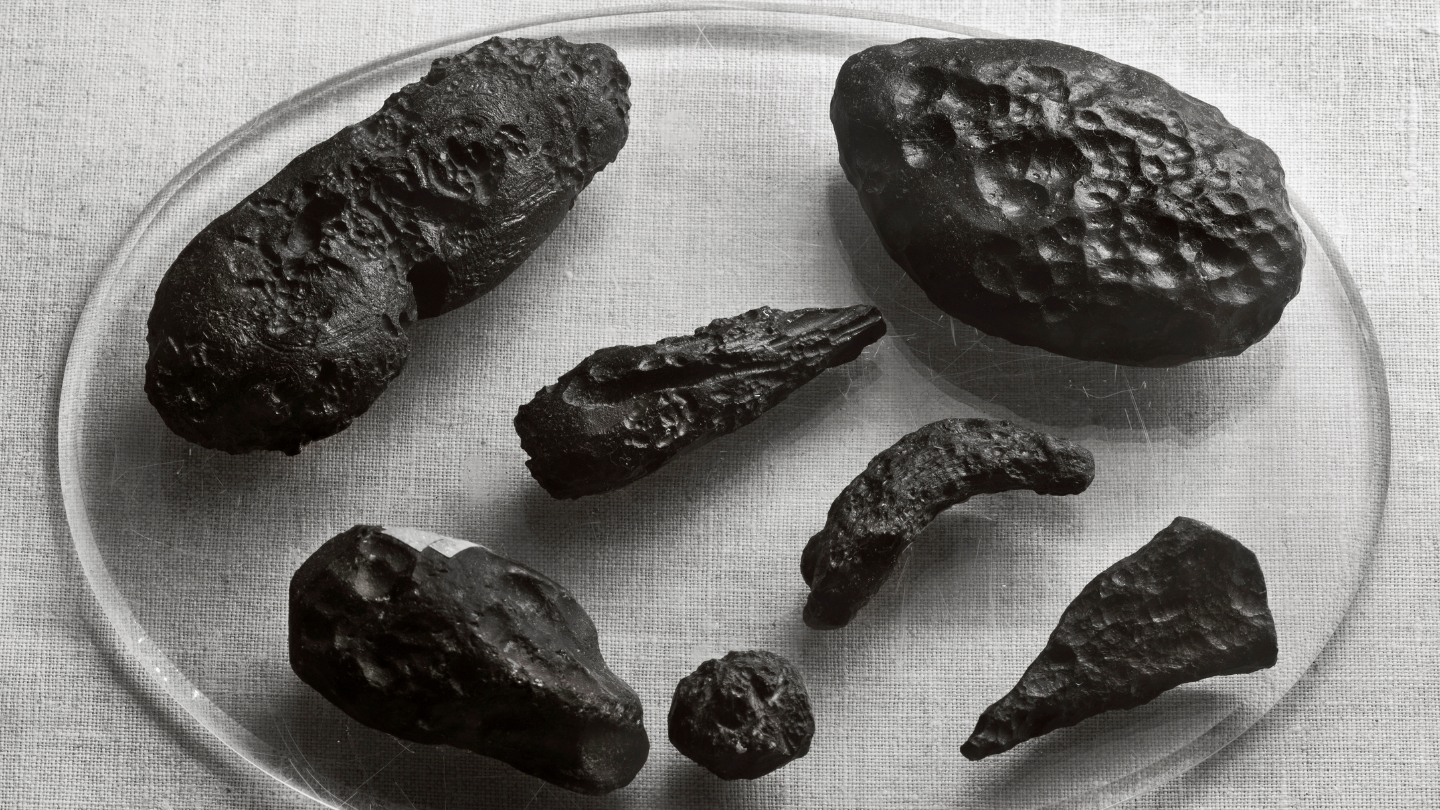
In 1994, tektites and concentric fault lines in southern Virginia revealed an 85-kilometer-wide impact crater under Chesapeake Bay. Science News reported that “a structure this size would rank as the largest crater in the United States” and would be among the largest on Earth
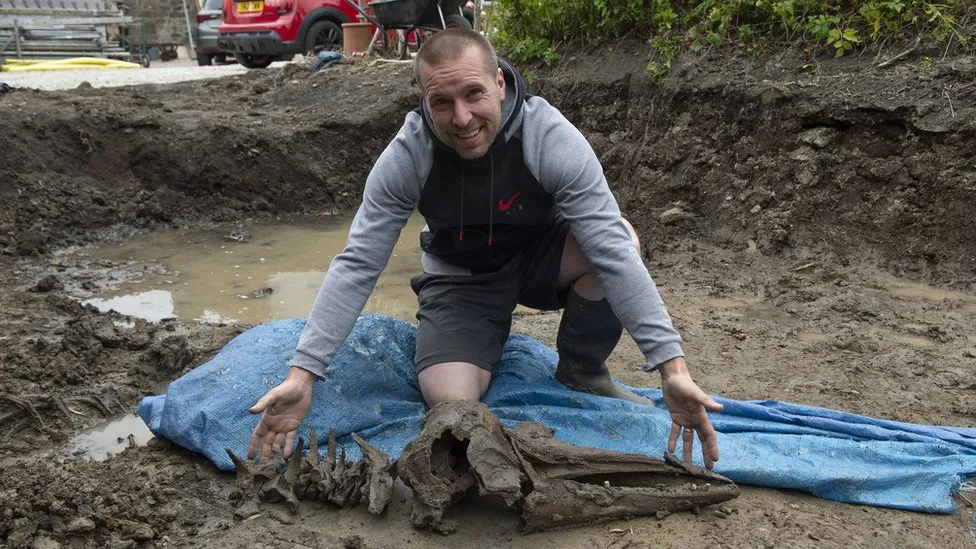
The bottlenose dolphin is thought to have washed up on an ancient shoreline after the last Ice Age. Archaeologists have described the prehistoric discovery in Causewayhead, Stirling, as “the find of a lifetime”.
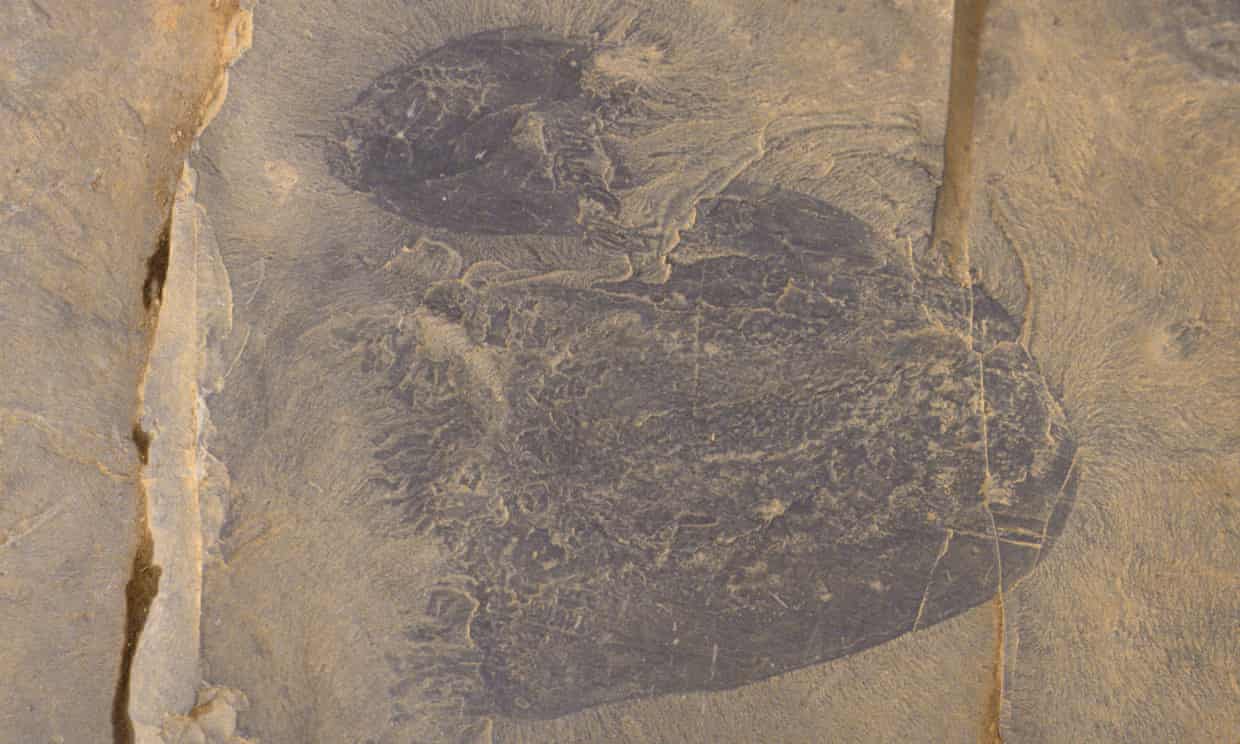
The new species, which has been named Burgessomedusa phasmiformis,resembles a large, swimming jellyfish with a saucer or bell-shaped body up to 20cm high. Its roughly 90 short tentacles would have allowed it to capture sizeable prey.
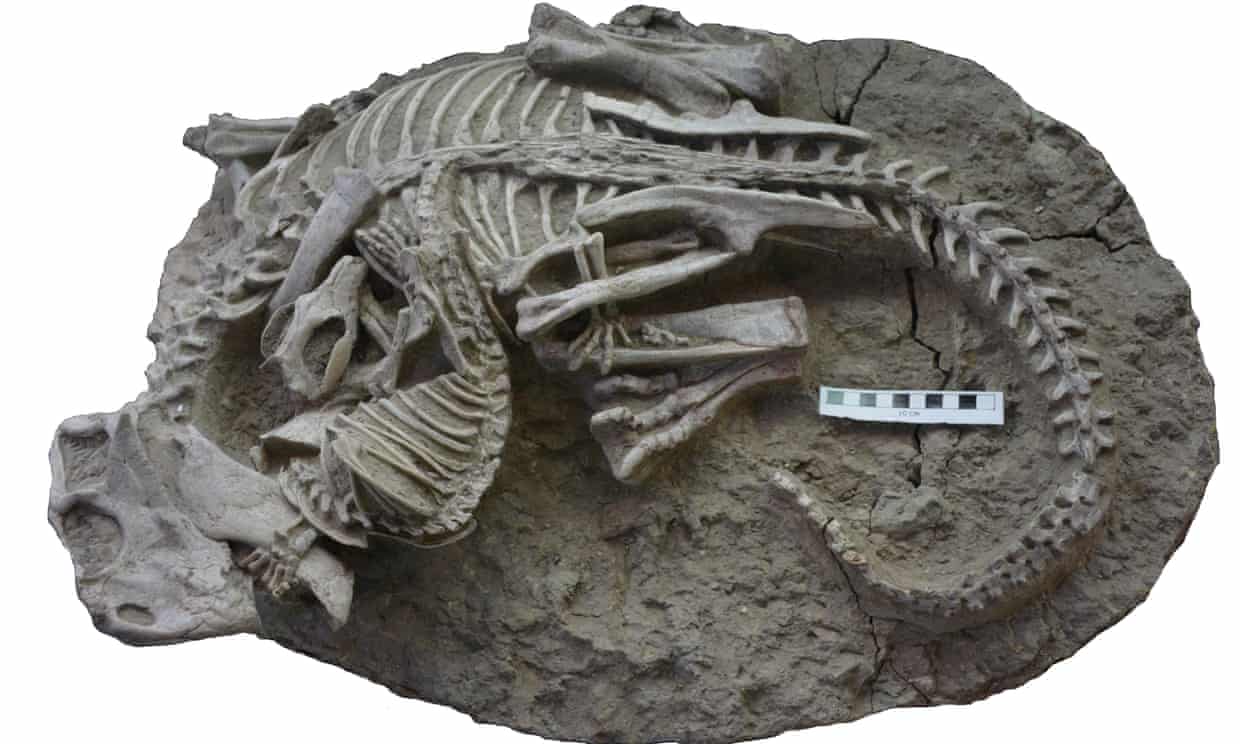
Experts revealed the 125m-year-old fossil that froze in time after being taken on by a small mammal a third of its size. They are tangled together, the mammal’s teeth sunk into the beaked dinosaur’s ribs, its left paw clasping the beast’s lower jaw. See research here.
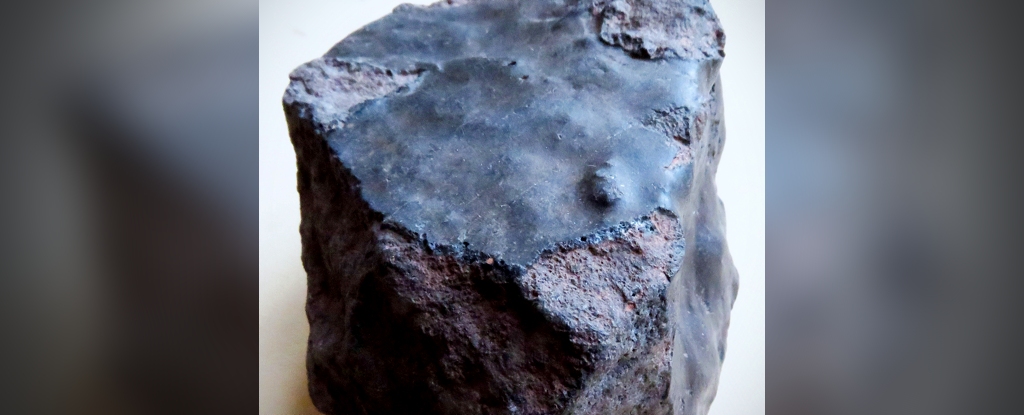
They say what goes around comes around, but it’s unlikely the saying was supposed to ever refer to meteorites. And yet here we are. Scientists are seeking to confirm that a black rock discovered in Morocco in 2018 departed Earth’s pull for outer space, only to return to it like a prodigal child.
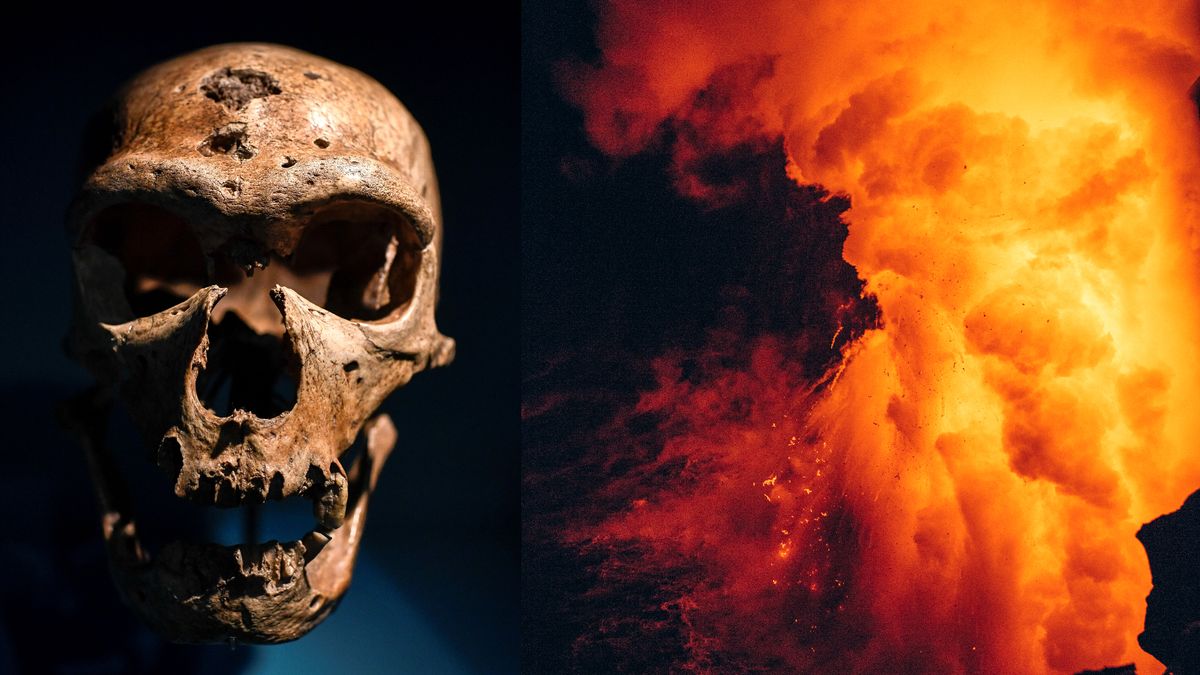
The volcano beneath Italy erupted 40,000 years ago and had catastrophic impact on Earth’s climate — around the same time that the Neanderthals began their slow march to extinction.
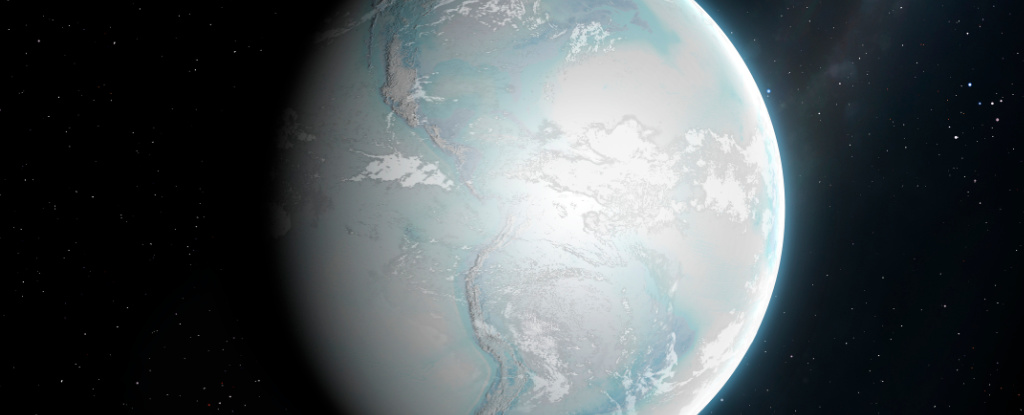
Scientists think they’ve uncovered evidence of the oldest glaciers ever found, in ancient rocks speckled with oxygen isotopes lying beneath the world’s largest gold deposits in South Africa. The study was published in Geochemical Perspectives Letters, with further results presented at the European Association of Geochemistry and the Geochemical Society’s Goldschmidt Conference.
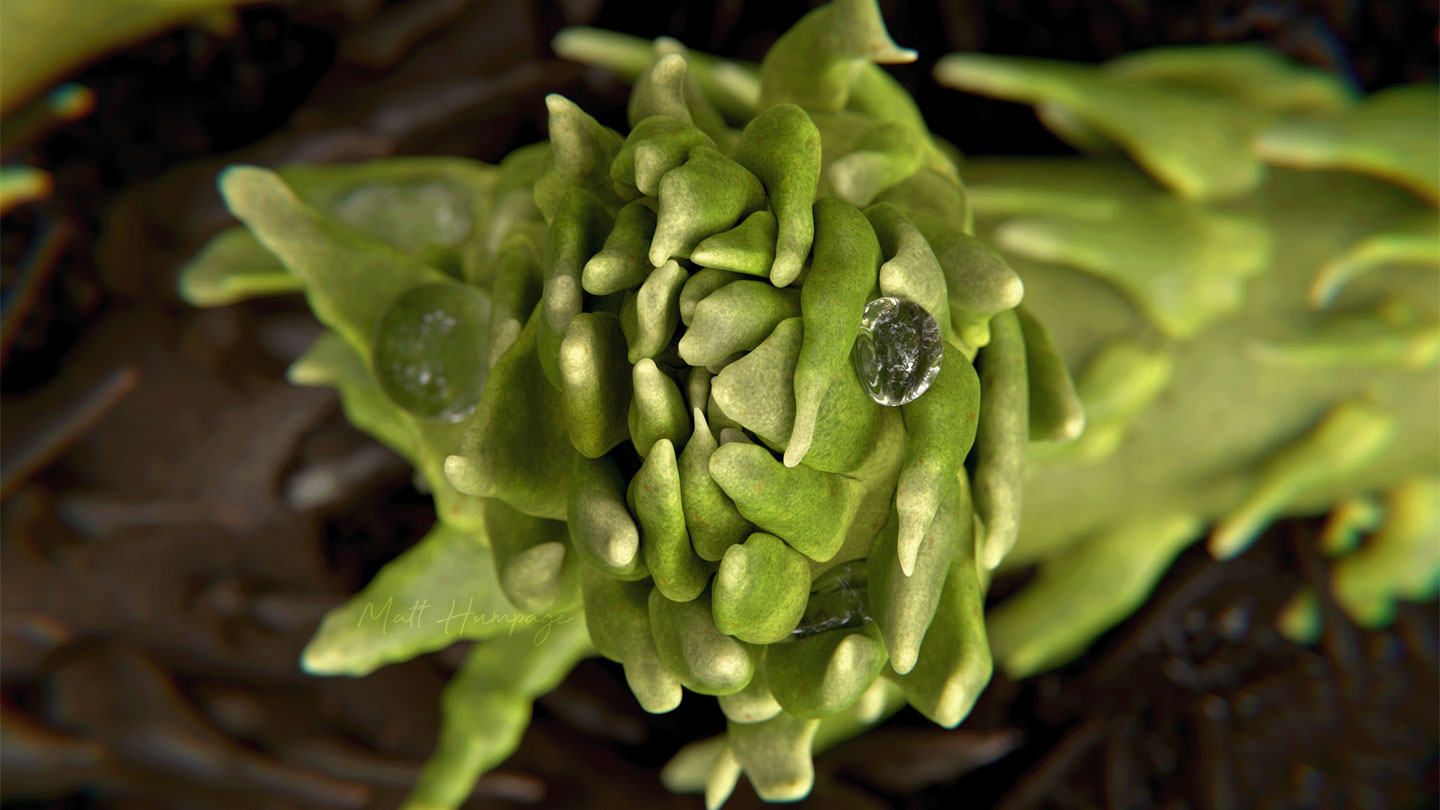
Most land plants living today have spiral patterns involving the famous Fibonacci sequence of numbers. Because the spirals are so common, scientists have thought the patterns must have evolved in some of the earliest land plants. But the leaves of the ancient plant… were arranged in spirals that can’t be described by Fibonacci numbers, researchers report in the June 16 Science.
Researchers studying the sites have determined that the Yanliao Biota date back to between 164 million and 157 million years ago. Their results are published in the journal Earth and Planetary Science Letters.





